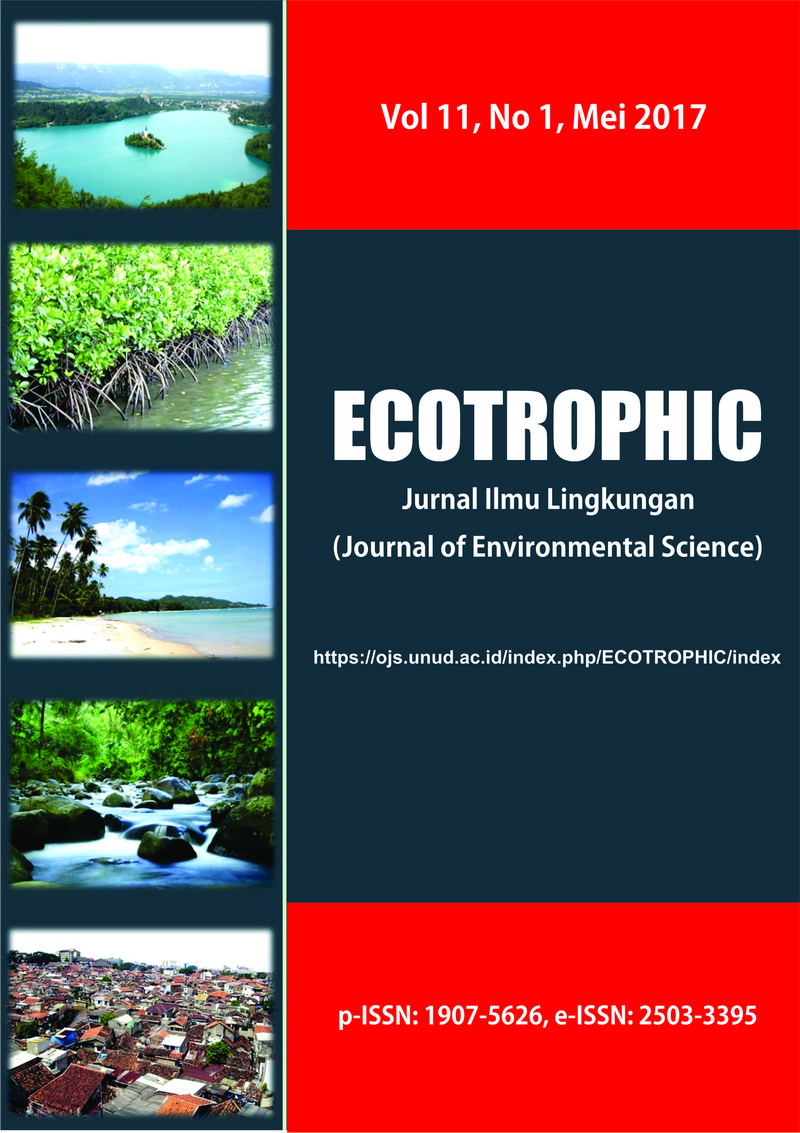STRATEGI PENGELOLAAN KAWASAN LINDUNG MANUCOCO BERBASIS MASYARAKAT DI KOTA ADMINISTRATIF ATAURO, DILI TIMOR-LESTE
Abstract
MANAGEMENT STRATEGY OF MANUCOCO PROTECTED AREA COMMUNITY BASED IN ADMINISTRATIVE CITY OF ATAURO, DILI TIMOR-LESTE
Manucoco Protected Area is a mountainous conservation area which is very important for Atauro community because it functions as water catchment areas, especially water sources, important habitat for birds and other biodiversity, but there are still problems that occur such as deforestation, shifting cultivation, system of slash-and-burn cultivation, area zoning is not clear, the expansion of settlements and forest fires, all of these problems can give a less impact on ecological functions of the forest. The aims of this study are 1) to describe the perception of the public about the conservation of natural resources Manucoco Protected Area as a conservation area 2) to formulate management strategies for community-based Manucoco Protected Area. The data collection techniques used questionnaires, interviews, documentation, and focus group discussions, whereas the determination of the respondents used a purposive sampling method. To formulate a management strategy, internal and external factors were identified by using SWOT analysis. The results showed that the public perception of the function of the forest was that the forests had multiple functions, the public perception related to management policies showed that people did not know the forestry legislations. Public perception regarding the rights and obligations in the management strategy namely the public has the perception that forests are common property. Based on the SWOT analysis produced several community-based management strategies that can be used in the management of Manucoco protected areas as follow 1) Maximizing the primary function of forests, (2) Increasing public knowledge through an intensive socialization (3) Increasing the involvement or participation of the community 4) Encouraging the community-based forests protection through HKM 5) Acceleration of area zoning 6) Increasing related department supervision 7) Performing the empowerment of communities around the protected areas 8) Preparing management plans which needs to involve all stakeholders 9) Establishing the management unit in the village/sub-district levels.


